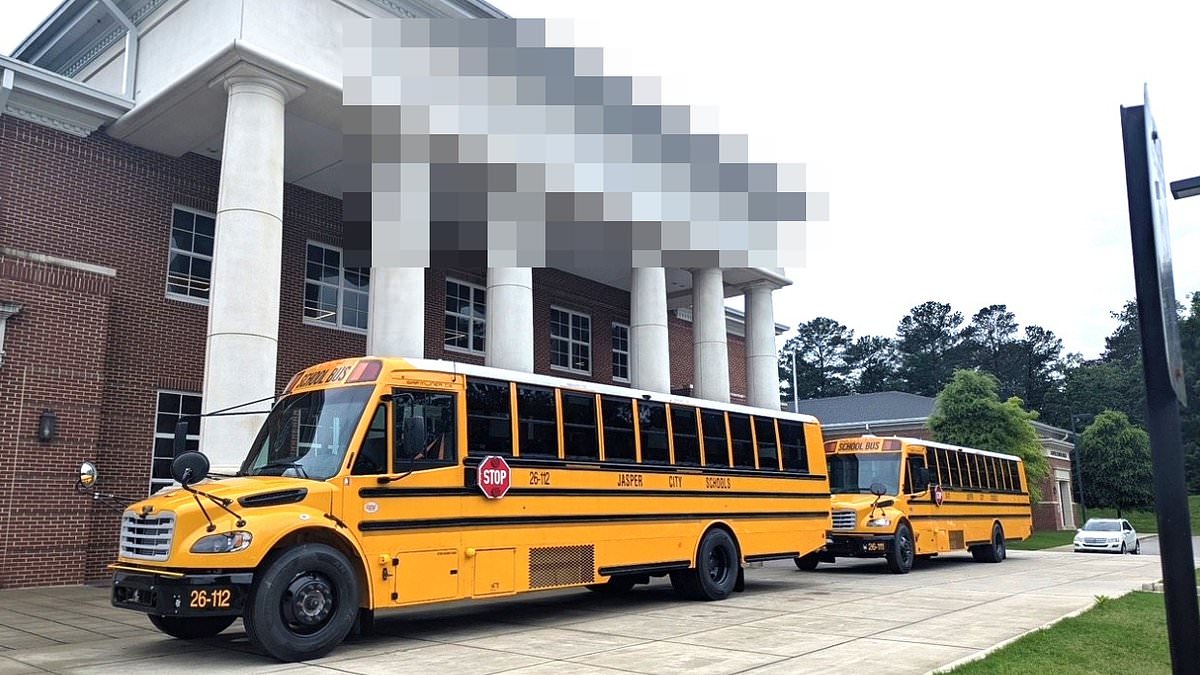Copyright tribuneonlineng

Dr. Ben Gboyega Ajayi In a nation where technology is advancing and innovation is thriving, it is unacceptable that the lives of millions who live or work in high-rise buildings remain at the mercy of outdated emergency systems. We must confront a hard truth: in the event of a fire, disaster, or other emergencies, most people in these buildings have no realistic means of escape. Imagine this scenario: you are on the 10th floor of a building, and suddenly the fire alarm blares. The lifts, which barely function on ordinary days, will surely be inoperable during the crisis—or worse, if they work, they might become death traps, stopping mid-ascent or descent, sealing occupants inside as the fire rages. You think of the stairwell, but panic spreads quickly, and within moments, smoke and confusion make it impassable. You call the fire department. They respond, but everyone knows what happens next: delays, traffic, unpreparedness, and insufficient equipment. By the time they arrive, the fire has often done its worst, leaving behind unimaginable loss of lives and property. This tragic pattern has been repeated countless times, yet we continue to rely solely on fire brigades and prayers. This must change. A Simple, Ingenious Solution Every room in a high-rise building should be equipped with a safety rope ladder—made from high-tensile strength materials—that can be deployed instantly in an emergency. Such ladders, compact and easy to use, can provide individuals with a personal means of escape, independent of malfunctioning lifts or overcrowded stairwells. These devices are not expensive to produce. With innovation, they can be customized to suit various building designs and even include stabilizing mechanisms for people with disabilities or children. Countries around the world have embraced simple solutions like this. Why not us? We must think beyond tradition It is time to rethink our approach to safety. We cannot continue to depend solely on fire departments that are often underfunded, ill-equipped, and slowed by bureaucratic inefficiencies. In today’s world, we must leverage technology, creativity, and community responsibility to develop multiple escape strategies. From portable evacuation pods to automated external stair systems, there are countless possibilities waiting to be explored. Waiting for help while trapped in a burning building is not only terrifying—it is a gamble with life. Personal escape devices give people a fighting chance and reduce the burden on emergency responders. A Call to Policy Makers and Building Owners We must demand that building codes and safety regulations be updated to require the installation of individual escape devices in all high-rise buildings—residential, commercial, and public. Property developers, architects, and engineers must prioritize human life above aesthetics and profit. It is not enough to install fire alarms and sprinklers; there must be practical, accessible escape options for every occupant. ALSO READ: FULL LIST: 43 past Olubadan of Ibadanland Empowering the public Education is key. People need to learn how to use these devices and practice escape drills regularly. Awareness campaigns, corporate training, and community engagement programs can make a tremendous difference. Safety is not the sole responsibility of the government or building owners—it is a shared responsibility. A final thought Every life lost in a high-rise fire is a preventable tragedy. We have the knowledge, resources, and ingenuity to save lives, yet we fail to act decisively. Let us not wait for the next heartbreaking headline before making changes. In this age of innovation, no one should die simply because they had no way out. Let us commit today to building a future where safety is proactive, not reactive. Lives depend on it. Dr. Ajayi, an opthamologist and a former Nigerian Tribune columnist, lives in Ibadan.



